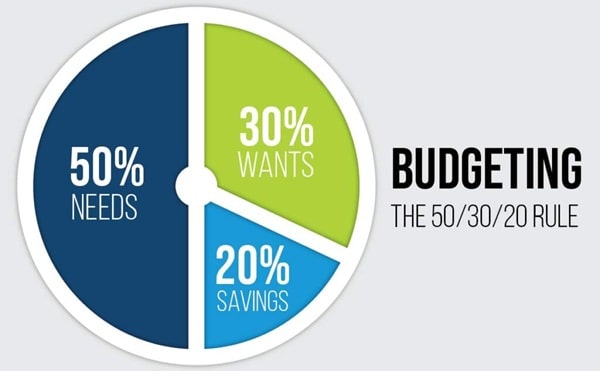Contemporary investing app solutions have fundamentally reshaped how novices interact with financial markets, particularly through streamlined demat account management. Historically, dematerialized accounts served primarily as digital repositories for securities, requiring investors to navigate complex interfaces and coordinate with multiple financial entities. Modern applications integrate these previously fragmented functions—trading, portfolio tracking, and educational resources—into unified platforms accessible via smartphones. This consolidation addresses key beginner pain points: intimidation by financial jargon, fear of transactional errors, and uncertainty about investment selection. By transforming the demat account from a passive holding vessel into an active management hub, these applications democratize market participation for first-time investors.
Simplified Onboarding: From Weeks to Minutes

Traditional demat account activation involved cumbersome paperwork, in-person verification, and week-long processing. Today’s applications compress this into a paperless, 15-minute digital workflow. Beginners initiate account creation by submitting PAN and Aadhaar details directly through the app, followed by eKYC verification via biometric authentication or OTP validation. The integration of income documentation and bank account linking occurs seamlessly within the same interface, eliminating physical submissions. Upon approval—often within 48 hours—users gain immediate access to a functional demat account and linked trading capabilities without minimum balance requirements. This accelerated onboarding capitalizes on India’s digital infrastructure to lower entry barriers significantly.
Unified Portfolio Management: Consolidating Financial Fragmentation
Where beginners once juggled separate platforms for equities, mutual funds, and IPOs, modern investing app architectures provide consolidated oversight. Users monitor real-time equity valuations alongside mutual fund NAV fluctuations within a single dashboard. Transaction histories automatically categorize purchases, sales, and corporate actions like stock splits or dividends. Particularly impactful is the integration of IPO participation: investors apply for new listings directly through the app, with allotted shares appearing automatically in their demat account post-listing. For diversified portfolios, the unification extends to non-equity assets—bonds, ETFs, and government securities—enabling holistic performance assessment without platform-switching.
Educational Scaffolding: Building Confidence Through Context
Recognizing beginner anxiety, leading applications embed contextual learning modules directly into the investment workflow. When users explore stock pages, they encounter glossaries explaining terms like “P/E ratio” or “market capitalization” via expandable tooltips. Tutorial libraries demonstrate critical actions—setting stop-loss orders or analyzing candlestick patterns—through bite-sized videos accessible during order placement. Simulation features allow paper trading with virtual currency, enabling strategy testing without financial risk. This just-in-time education transforms the demat account interface into an interactive classroom, progressively building competence as users execute transactions.
Intelligent Automation: Simplifying Complex Decisions
Advanced algorithms now handle operational complexities that once overwhelmed novices:
- Automated Recordkeeping: Corporate actions like bonus shares or dividends are auto-credited to the demat account, with push notifications detailing corporate actions.
- Predictive Reminders: Systems flag upcoming SIP due dates or margin shortfalls based on cash balance analysis.
- Fractional Investing: Users purchase high-value stocks fractionally (e.g., ₹500 of Reliance shares), bypassing whole-share barriers.
These automations reduce cognitive load, allowing beginners to focus on strategic decisions rather than administrative mechanics.
Security Architecture: Mitigating Digital Risks
Despite simplified interfaces, robust protections underpin beginner interactions:
- Biometric Authentication: Mandatory fingerprint/face ID verification precedes high-impact actions like fund withdrawals.
- Device Whitelisting: New login attempts trigger OTP confirmations to registered mobile numbers.
- Session Timeouts: Inactivity automatically logs users out after 5 minutes, preventing unauthorized access.
- Encrypted Storage: All sensitive data undergoes AES-256 encryption, both during transmission and at rest on servers.
This multi-layered approach balances accessibility with security, addressing legitimate concerns about digital vulnerability.
Conclusion: Empowerment Through Integration
The evolution of investing app ecosystems has redefined the demat account from a specialized instrument into an intuitive gateway for market entry. By abstracting operational complexities—account setup, transaction execution, security management—these platforms redirect beginner energy toward learning and strategy refinement. The integration of educational resources directly into transactional interfaces represents a particularly significant advancement, enabling knowledge acquisition within practical contexts. As applications increasingly incorporate AI-driven personalized guidance, the next frontier involves transforming these tools from reactive platforms into proactive financial mentors. For today’s novice investor, this convergence of accessibility, consolidation, and education makes wealth creation more approachable than ever in financial history.


